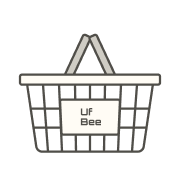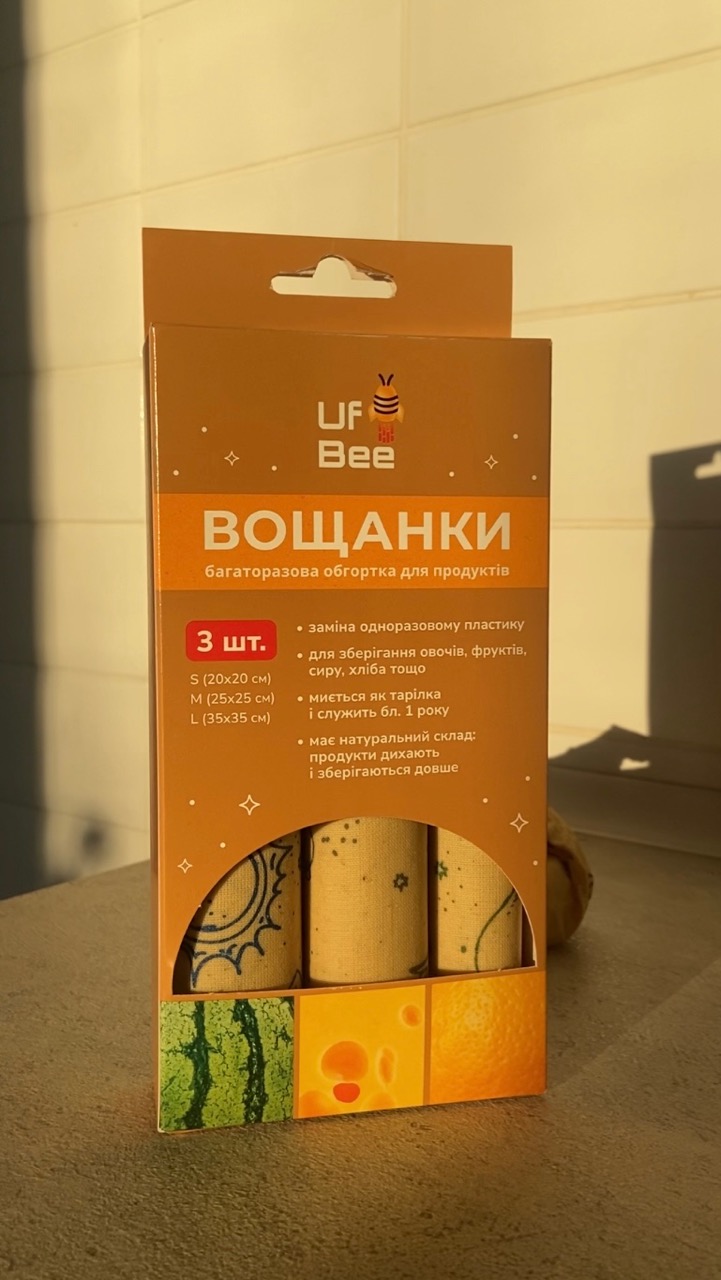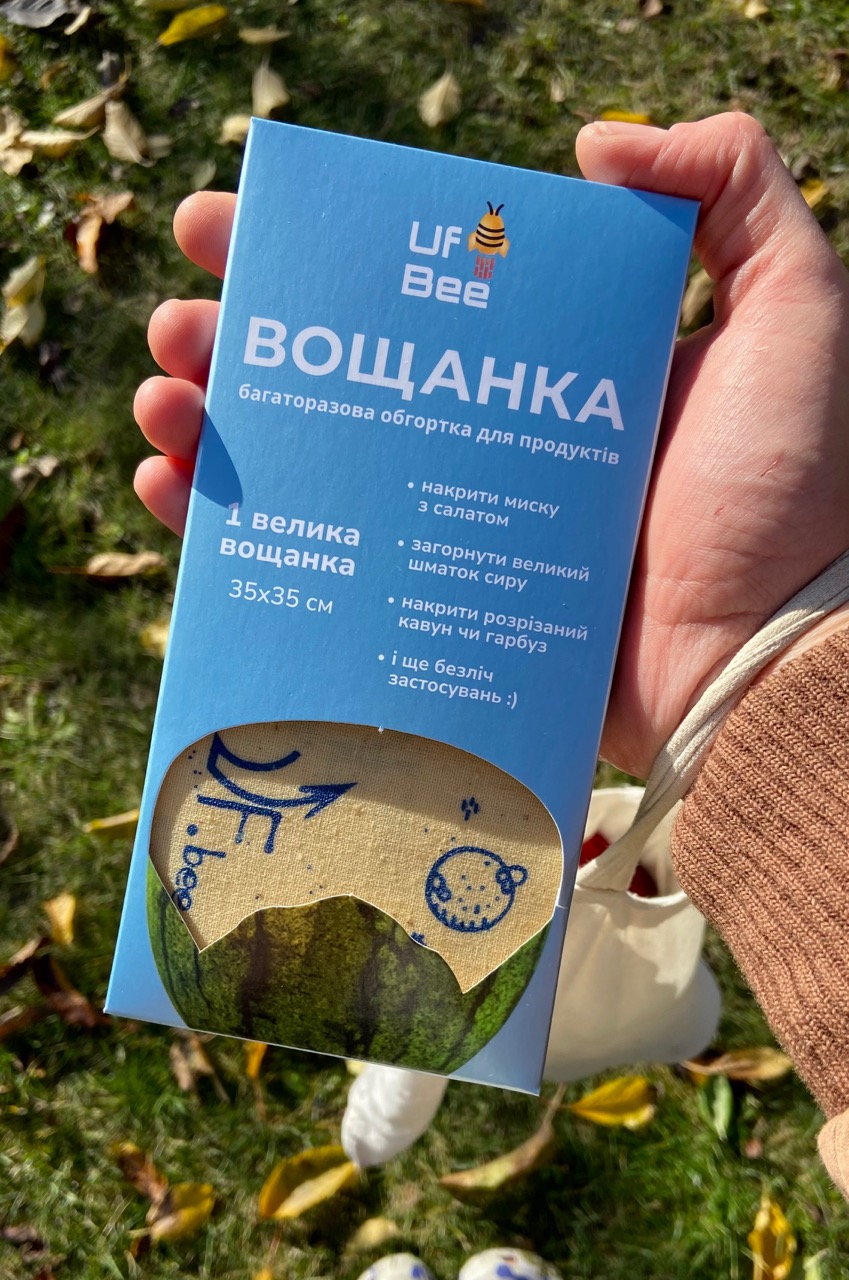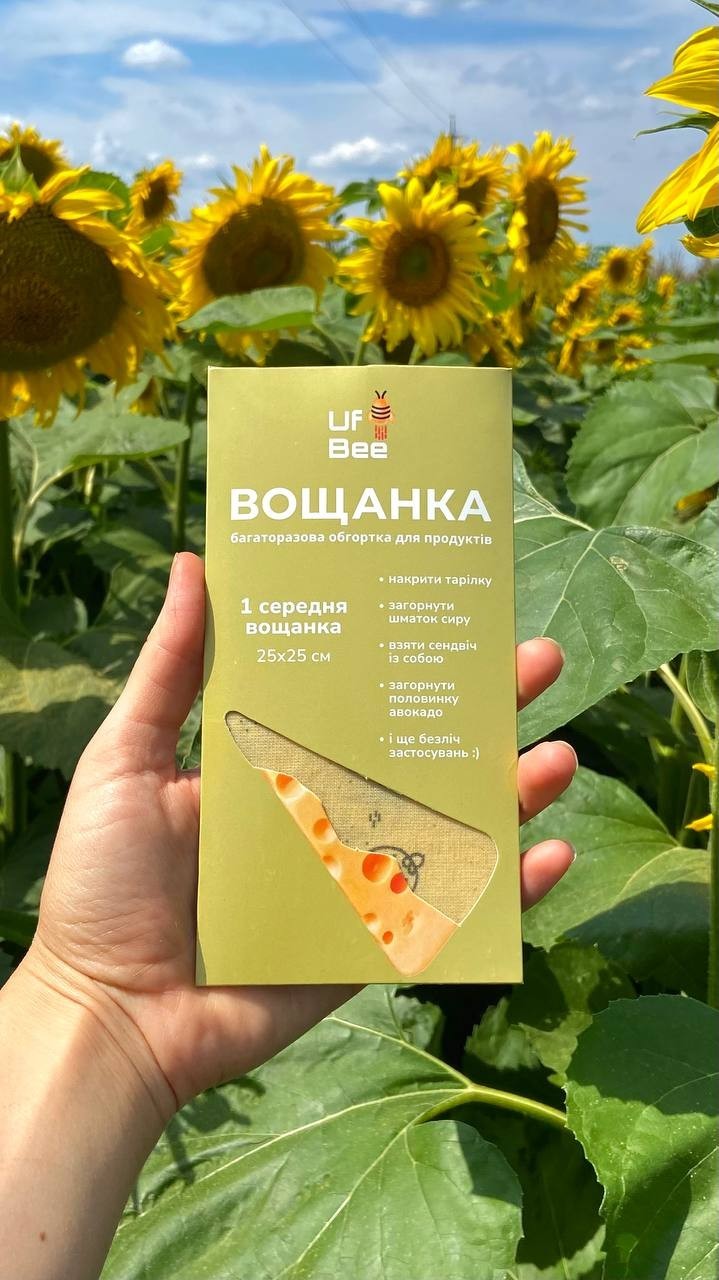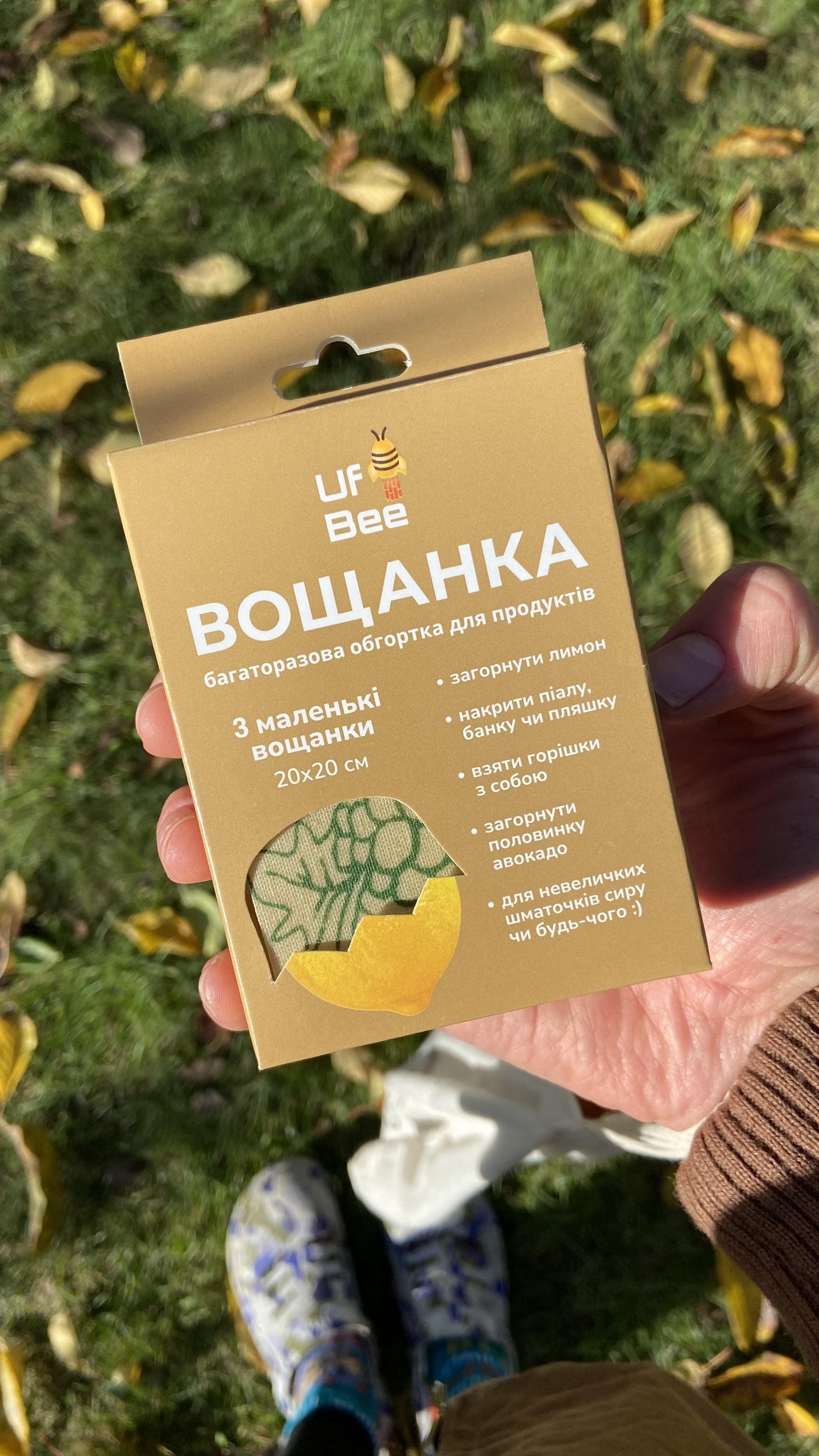Hello, have you tried beeswax wraps?
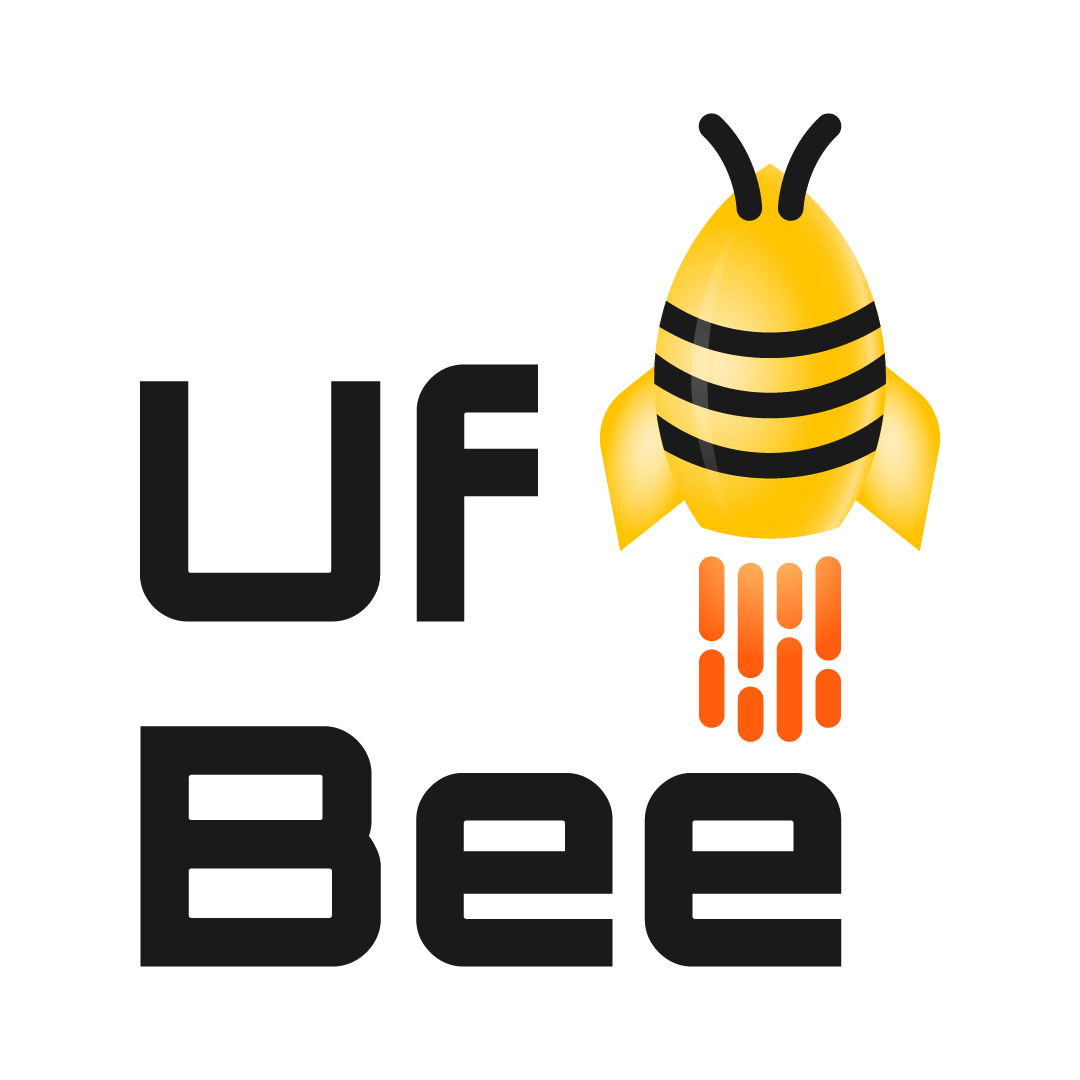
About Us
Uf.Bee is the first company in Ukraine manufacturing reusable beeswax food wraps, environmentally friendly alternative to cling film and the best storing solution for keeping your food fresh for longer. Since late 2018, our mission has been to make the age of Mars colonization plastic free here, on Earth, and as of 2022 — make Ukraine free of russians!
About UsHow to freeze products
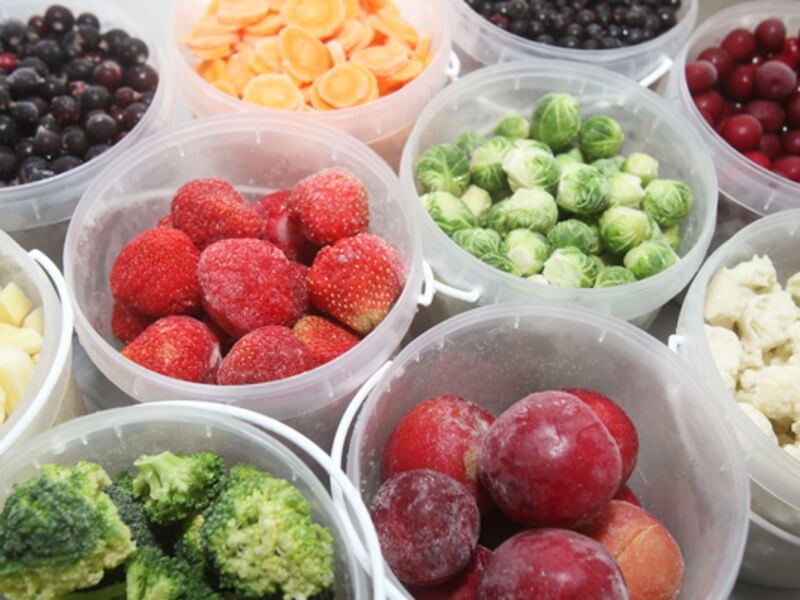
How to freeze products
... and why it is eco-friendly 🙂
Why?
Starting with the most important - reducing food waste now: summer and early autumn are rich in seasonal vegetables and fruits that often spoil. Thus, freezing them when in surplus will be the best eco-friendly solution to balance freezing 🙂
Another obvious reason is preserving the nutritional value of vegetables and fruits for later consumption: although canned foods are popular, preserved vegetables and fruits often contain excessive sugar or vinegar, therefore frozen vegetables and fruits are much better
Another eco-friendly practice is reducing single-use plastic packaging: all vegetable mixes are sold in single-use plastic packaging, therefore freezing in your own multi-use container will reduce single-use packaging
How to freeze?
Before freezing, wash and dry the vegetables (everyone knows this, right?). Now for some less obvious tips:
- If you want the frozen pieces to be individual, slice the vegetables, arrange the pieces in a single layer on a kitchen board and then place them in the freezer for a couple of hours. Then transfer to your container for freezing 🙂
- Blanching before freezing: it is recommended to blanch some vegetables (dip in boiling water, then cold water) before freezing. This method helps preserve the color, texture, and nutrients of the vegetables before freezing
Search Now
Recent Post
-
11 22, 2025 Uf In Ua - еко товар для зберігання їжі
-
11 20, 2025 How to use wax wrappers Uf In Ua: step by step
Our Featured Products
The only beeswax wraps in the world in cosmic design and food grade certified at L.I. Medved’s Research Center of Preventive Toxicology, Food and Chemical Safety of the Ministry of Health of Ukraine
for a pumpkin, a watermelon, to cover a large bowl of salad, and more
₴210.00
For cheese, to cover a plate, and overall, it’s the most versatile size!
₴110.00
₴250.00
___ufbee_
kyiv
- Всі. Свої, Хрещатик, 27
- Всі. Свої, бул. С. Бандери, 36 (ТРЦ Блокбастер)
- Всі.Свої, Кільцева дорога, 1 (ТРЦ Respublika Park)
- Крамниця-кав’ярня “Шафарня”, вул. Салютна, 2 (ЖК “Файна Таун”, 9 буд.)
- Новус, вул. Кільцева дорога, 12
- Новус, пр. Броварський, 17
- Новус, пр. Європейського Союзу, 47 (ТРЦ Retroville)
- Новус, пр. Академіка Палладіна, 7а
- Новус, пр. М. Бажана, 8
- Новус, вул. Гната Хоткевича, 1а
- Новус, пл. Гостомельська, 1
- Новус, пр. В. Лобановського, 4д
- Новус, пр. Броварський, 18д
- Новус, вул. Тальнівська, 3
- Новус, вул. Є.Сверстюка, 4 (ЖК “Галактика")
- Новус, вул. Г. Кірпи, 5
- Новус, вул. Святошинська, 3
- Новус, вул. Княжий Затон, 4/4
- Новус, вул. Здолбунівська, 7г
- Новус, пр. П. Григоренка, 18
- Новус, бул. М. Міхновського, 16а
- Новус, пл. Керченська, 7
- Новус, вул. Богатирська, 32 (ЖК "Італійський квартал”)
- Новус, вул. Гарматна, 26/2 (біля ПК “Росток”)
- Новус, пр. Берестейський, 134/1 (ТЦ “Хіт Молл)
- Новус, вул. І. Пулюя, 8а
- Новус, вул. Братиславська, 48а
- Новус, пр. Р. Шухевича, 2т (ТРЦ SkyMall)
- Новус, пр. Червоної Калини, 85
- Новус, вул. М. Гришка, 3 (БЦ Platinum)
- Новус, вул. Метрологічна, 19
- Станція сортування “Україна без сміття", вул. Саперно-Слобідська, 25/4
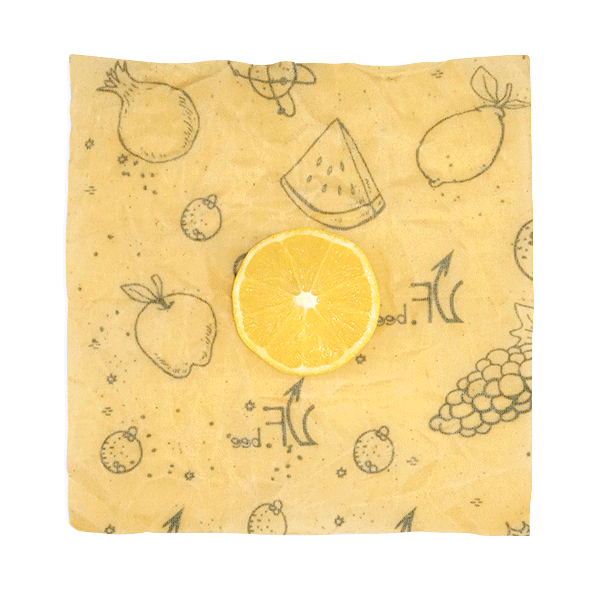
 English
English
 Українська
Українська
